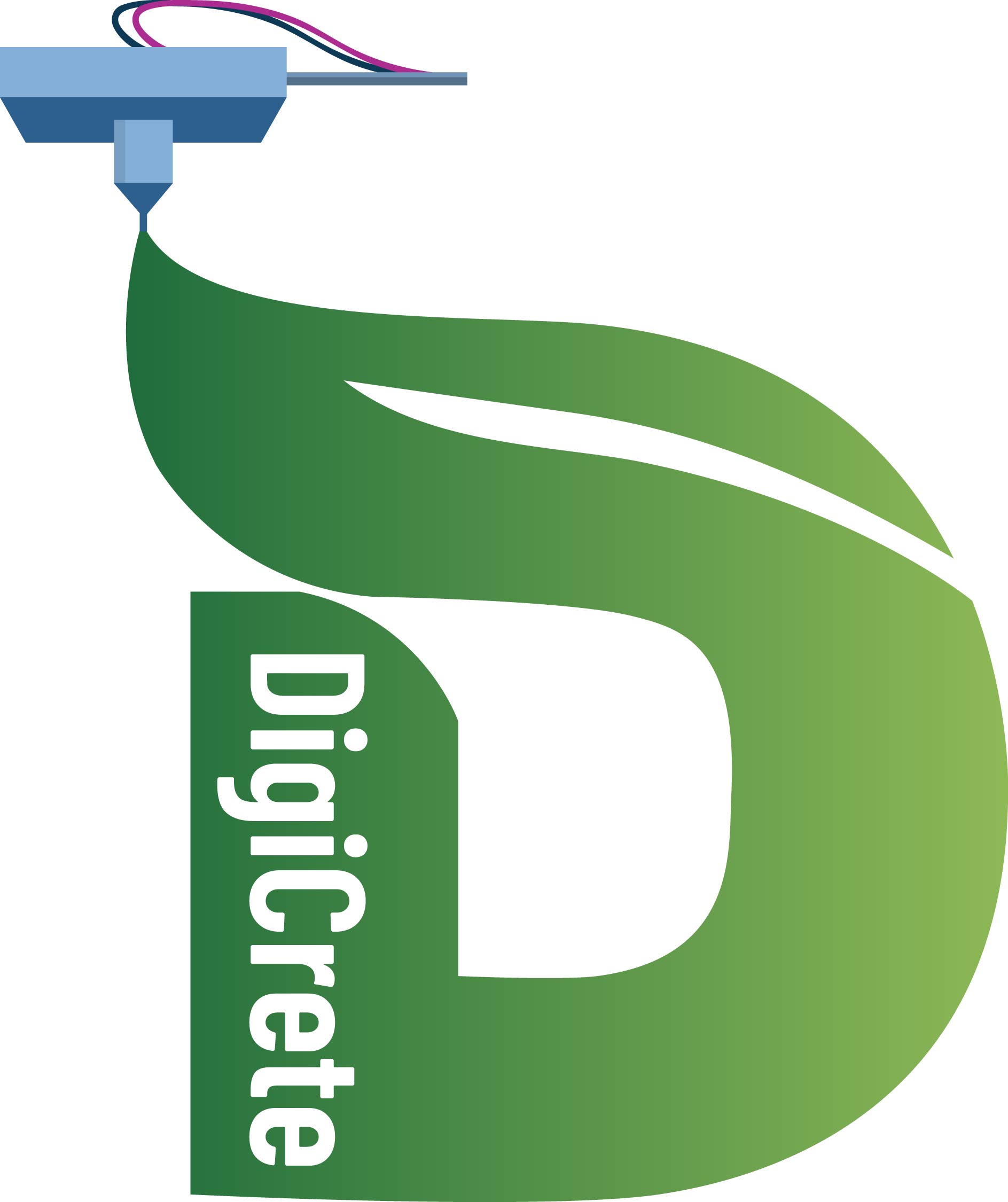Portland cement (PC) is essential for global infrastructure, yet its production heavily impacts the environment, consuming vast resources and energy and contributing significantly to CO₂ emissions. As demand for cement is expected to rise by up to 23% by 2050, sustainable innovation in cement-based materials is crucial to meet global development goals.
Digital fabrication technologies, particularly 3D printing of cement-based materials (3DPC), may offer transformative potential by enabling material savings, freeform construction, reduced waste, and improved safety. However, developing printable materials remains challenging, requiring highly engineered mixtures that risk increasing environmental impacts.
DigiCrete aims to develop 3d-printable cement-based materials with optimal balance between engineering properties and embodied CO2. Our approach focuses on:
i) using local Portuguese materials,
ii) massively replacing cement with conventional and unconventional supplementary materials, and
iii) Integrating engineering and environmental criteria into the mix design.
